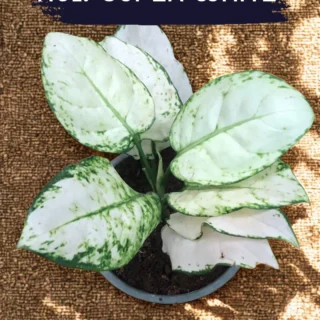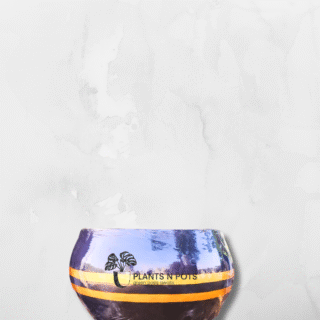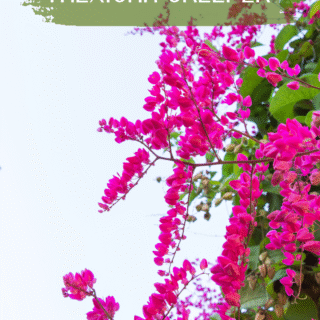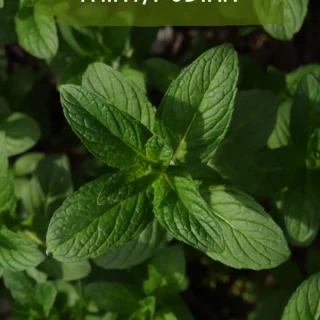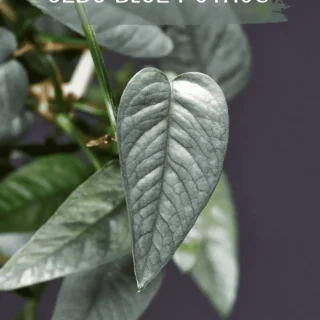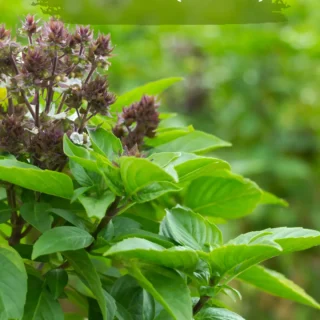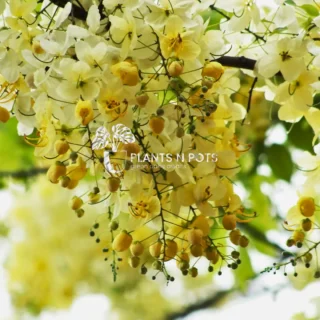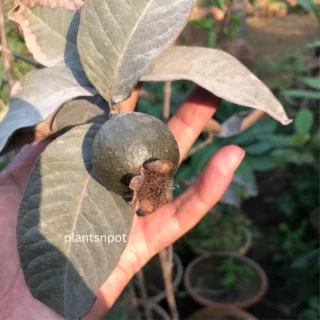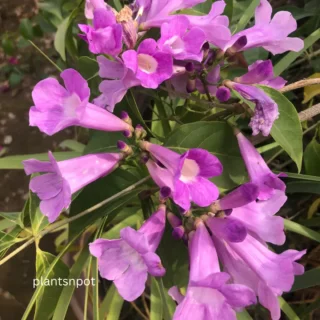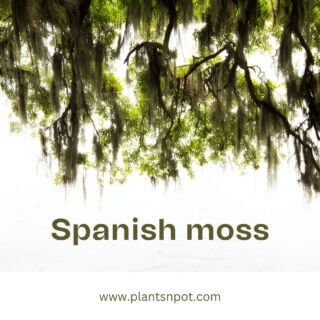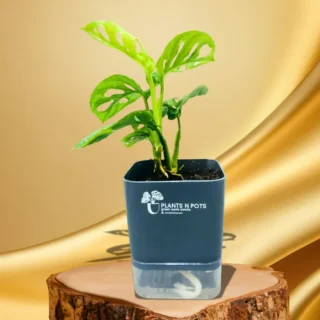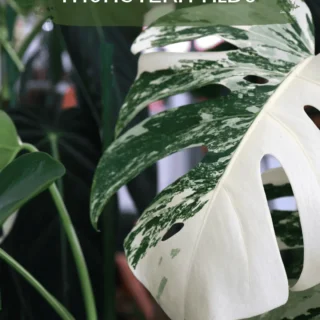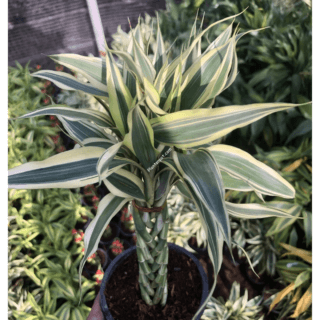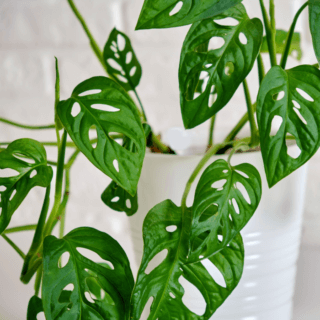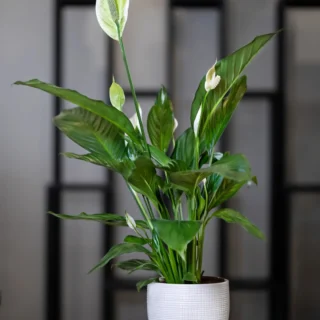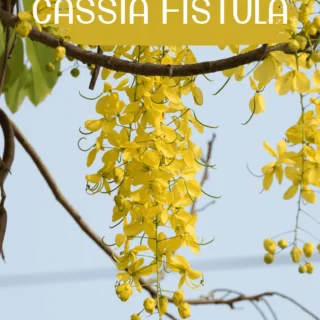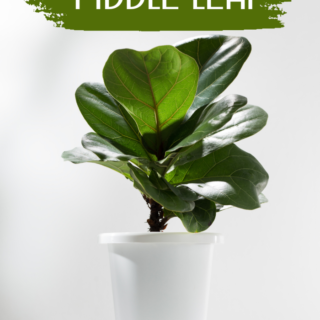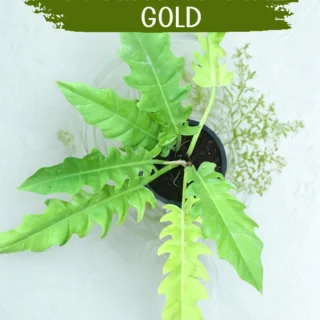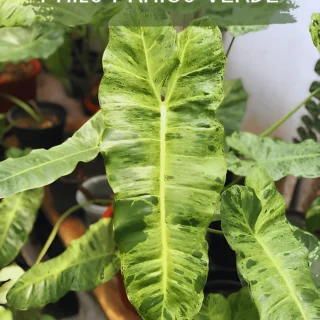Subtotal : ₨399.00
Corpse Flower (Amorphophallus titanum)
This plant holds the crown for its infamous smell—resembling rotting flesh. Native to the rainforests of Sumatra, it blooms infrequently, making its fleeting appearance an event. The corpse flower’s combination of rarity and odor has made it both a scientific marvel and a conversation starter.
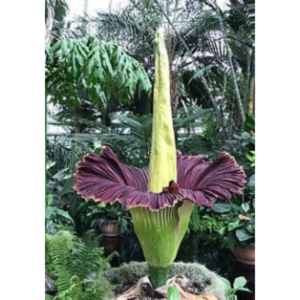
Jade Vine (Strongylodon macrobotrys)
Native to the Philippines, the jade vine is famous for its mesmerizing, turquoise-colored blooms. Its flowers grow in clusters, creating a striking visual effect. Due to habitat destruction, it has become increasingly rare, with only a few sightings in the wild.

Ghost Orchid (Dendrophylax lindenii)
The ghost orchid is the ultimate enigma. Found in the swamps of Florida and parts of the Caribbean, its translucent white petals give it a haunting, ghostly appearance. With a population that’s hard to track, it’s a true treasure for plant enthusiasts.
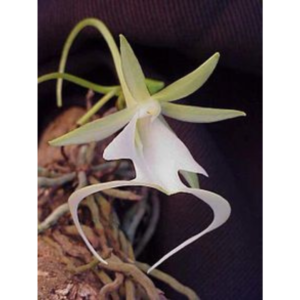
Conclusion
Rarity in plants is often defined by their unique beauty, unusual features, or the environmental challenges they face. Whether it’s the eerie aroma of the corpse flower, the stunning color of the jade vine, or the ethereal allure of the ghost orchid, each of these rare plants captivates the imagination. They serve as both botanical wonders and poignant reminders of the delicate balance in nature, where conservation efforts are crucial to preserving these extraordinary species for future generations.
 Niazboo Plant – Herbal Basil for Home Garden Karachi
Niazboo Plant – Herbal Basil for Home Garden Karachi 





